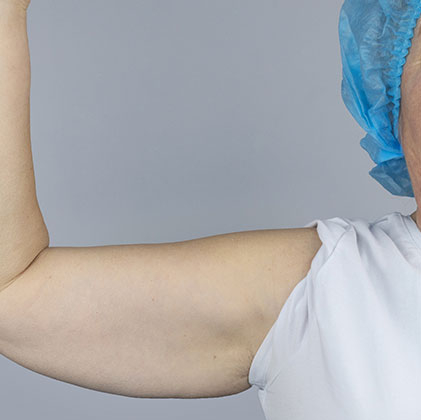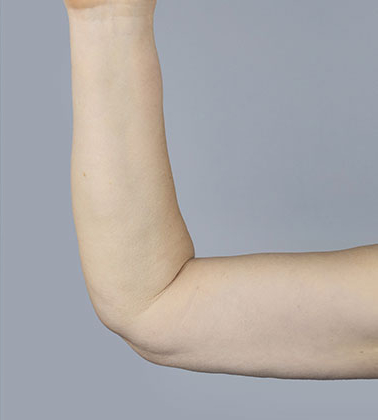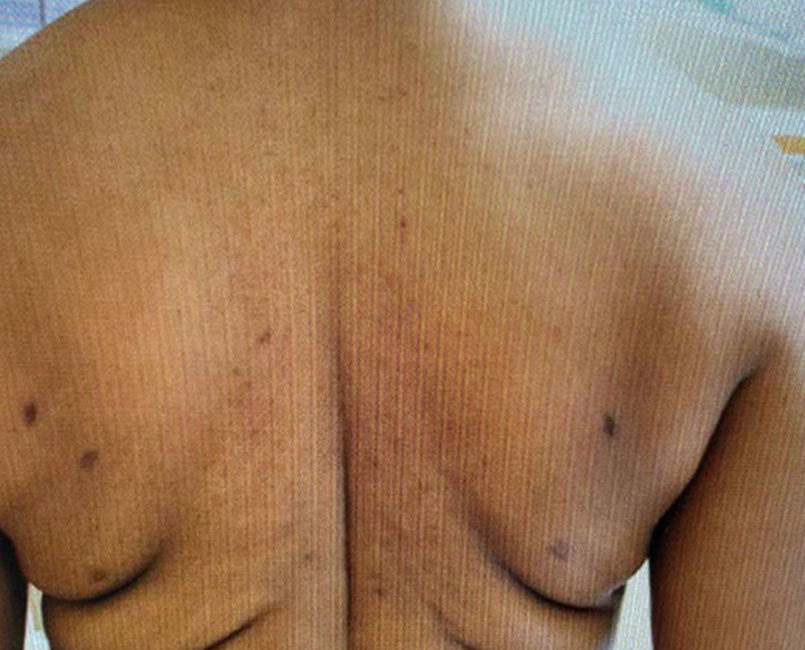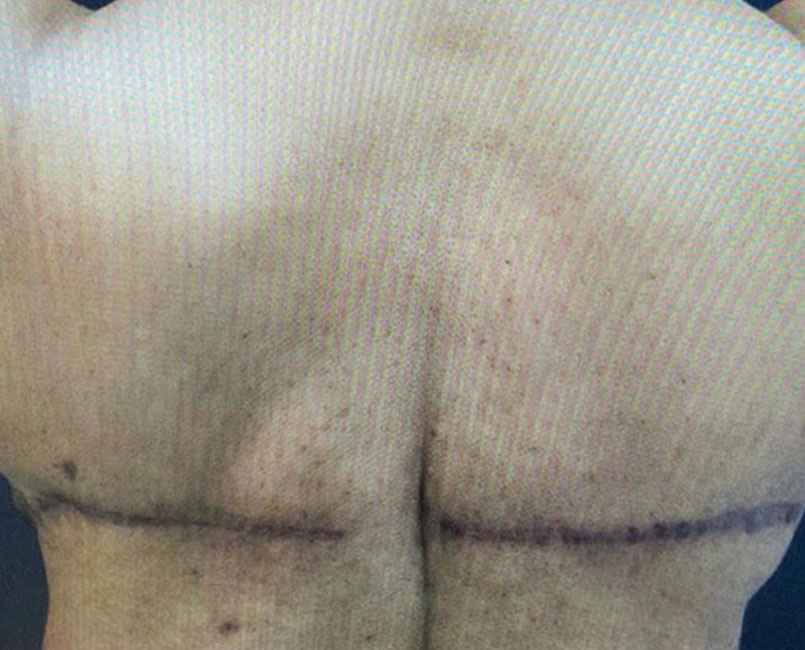Dermal Fillers and Botox are highly popular, accounting for approximately nine million procedures conducted last year, according to ASPS (American Society of Plastic Surgeons). The former has ingredients, which make areas thinned due to aging plump.
The latter, on the other hand, contains decontaminated bacteria, which freezes facial muscles, thus, reduces appearance of wrinkles and fine lines. To know more, please check out the given discussion right now.
Contents
Define Dermal Fillers
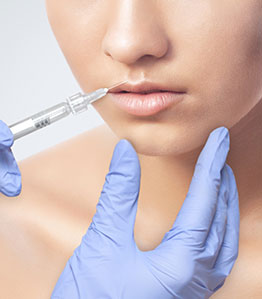
Dermal Fillers, also known as soft tissue fillers, could be defined as substances penetrated beneath the surface of the skin to restore fullness. Ingredients commonly used include:
- Hyaluronic acid found naturally in few tissues and fluids of the human body.
- Calcium hydroxylapatite, a mineral compound, present in bones.
- Polylactic acid stimulates skin so that it makes abundant collagen within a short period.
- Polymethyl-methacrylate microspheres or an acrylic microsphere is semi-permanent.
- Polyalkylimide is a transparent gel, compatible with all the parts of human body.
Benefits of Dermal Fillers
Different types of dermal fillers available in the market are used for treating different signs of aging. Based on the filler chosen, it might
- make lips rounder
- soften inert wrinkles
- fade recessed scars
- eliminate the shadow inflicted by low eyelid
- enhance shallow areas of the face
Side-Effects of Dermal Fillers
Even though dermal fillers are considered more or less safe, patients must still be aware of certain side-effects. Major ones among the lot include:
- itchiness, rashes, bumps
- bruising, redness, bleeding, swelling
- asymmetrical lumps
- scarring
- ability to feel the substance moving
- partial blindness
- destruction of skin cells due to negligible blood flow
Aftercare Tips for Dermal Fillers
People admitted healing quite quickly by implementing aftercare tips specified by the appointed surgeon.
- Take Tylenol or any other prescribed medication for discomfort.
- Avoid strenuous exercise and alcohol consumption for at least twelve hours.
- Drink substantial amounts of water.
- Apply ice cubes on the affected area.
Define Botox
Botox is the disinfected form of Botulinum toxin, a neurotoxic protein, derived from the bacterium, Clostridium Botulinum. While fatal in larger amounts, when given in regulating dosage, it can correct wrinkles, and help people retain their youthful appearance for long.
Botox works by obstructing nerve signals in muscles, making them frozen or paralyzed. Without movement, the signs of aging will be lessened, smoothened, or removed altogether. Botox is available under two other brand names- Xeomin and Dysport.
Benefits of Botox
In addition to the wide range of aesthetic benefits, Botox can also enhance entire wellbeing by curing certain conditions such as chronic migraines, excess underarm sweating, hyperactive bladder, abnormal heartbeat, premature ejaculation, cleft lips, neck spasms, painful sexual discomfort, etc. Remember, only some of the claims are FDA approved.
Side-effects of Botox
Just like any cosmetic treatment, Botox might also cause adverse reactions. Few worth mentioning ones are as follows:
- eyelid drooping
- itching, rashes
- swelling, redness, bleeding, bruising, numbness
- dry mouth
- headache
- blurry vision
- nausea
- trouble swallowing
Aftercare Tips for Botox
For fast recovery, it is important to comply with the instructions of the surgeon and implement certain aftercare tips.
- Do not sleep on the back.
- Do not indulge in a rigorous workout session.
- Do not consume alcohol or blood-thinning medications as they pave way for life-threatening consequences.
- Massage the entire face gently.
Differences between Dermal Fillers and Botox
The key differences between dermal fillers and Botox include:
- Botox removes or at least largely alleviates the effects of facial expressions around the eyes and on the forehead, whereas, dermal fillers contribute to the parts of face that lose volume easily like corners of the mouth, lips, and cheeks.
- Botox lasts for about four months, while the result of dermal fillers completely depends on the filler used. Some fillers are known to remain intact up to five years; however, the typical duration is close to 18 months.
Individuals planning on undertaking a Botox treatment or injecting fillers must treasure realistic expectations under all circumstances. Their final look will unfortunately not be as good as ones who have gone through facelift. Scheduling appointment with a proficient, experienced, and trustworthy medical esthetician is also mandatory. Doing so enhances safety quotient, or in other words, keep unnecessary complications at bay.
